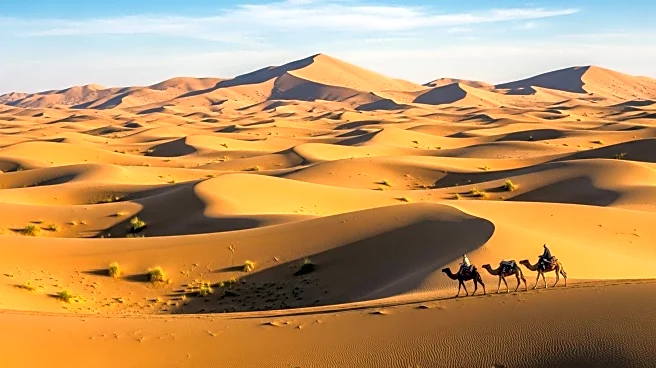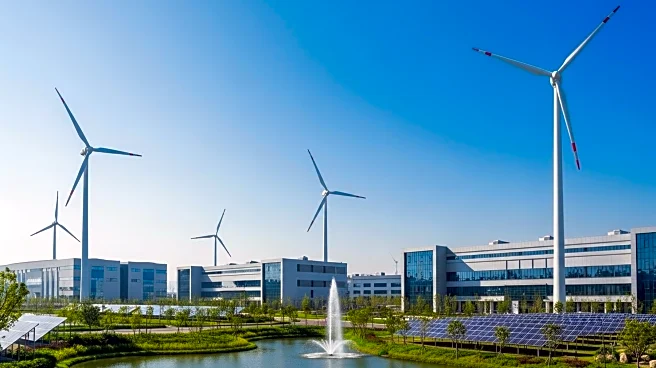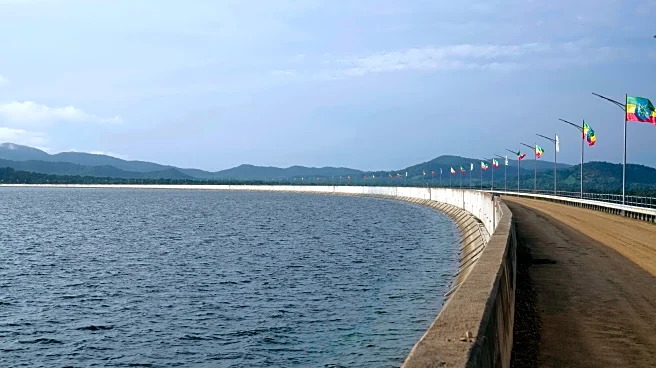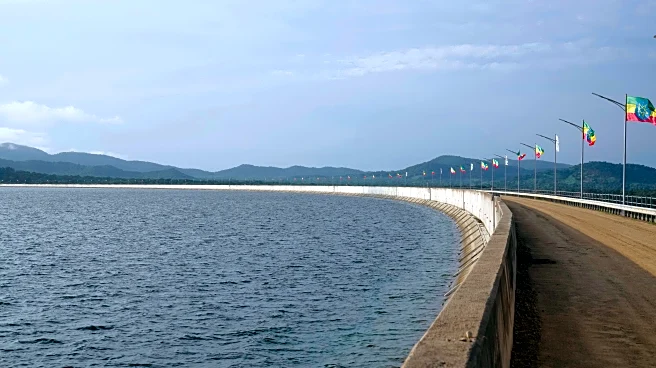What is the story about?
The Sahara Desert, a vast and formidable landscape, has a significant geographic and economic footprint that extends beyond its borders. Its influence on the environment, economy, and communities of North Africa is profound. This article explores the Sahara's geographic reach, institutional presence, economic and social footprint, and environmental impact.
Geographic Reach
The Sahara spans across North Africa, covering parts of Algeria, Chad, Egypt, Libya, Mali, Mauritania, Niger, and Sudan. It stretches from the Atlantic Ocean in the west to the Red Sea in the east, and from the Mediterranean Sea in the north to the Sahel savanna in the south. The desert's vast expanse influences weather patterns and ecosystems across the continent, affecting regions far beyond its immediate borders.Institutional Presence
The Sahara's institutional presence is marked by various conservation and research initiatives aimed at understanding and preserving its unique ecosystems. Organizations like the World Wide Fund for Nature (WWF) and the United Nations Environment Programme (UNEP) are involved in efforts to combat desertification and promote sustainable development in the region. These institutions play a crucial role in addressing the environmental challenges facing the Sahara.Economic and Social Footprint
Economically, the Sahara is rich in natural resources, including oil, natural gas, and phosphates. These resources contribute significantly to the economies of the countries within its reach. Socially, the Sahara is home to diverse communities, including nomadic tribes like the Tuareg and Berbers, who have adapted to its harsh conditions. The desert's cultural heritage, from ancient trade routes to modern-day festivals, reflects its enduring social footprint.Environmental or Community Impact
The Sahara's environmental impact is both local and global. Locally, it affects the livelihoods of communities that rely on its resources for survival. Globally, the Sahara is a major source of dust that influences climate and air quality in regions as far as the Americas. Efforts to mitigate its environmental impact focus on sustainable land management and conservation, ensuring the Sahara's resilience in the face of climate change.AI Generated Content
Do you find this article useful?
















